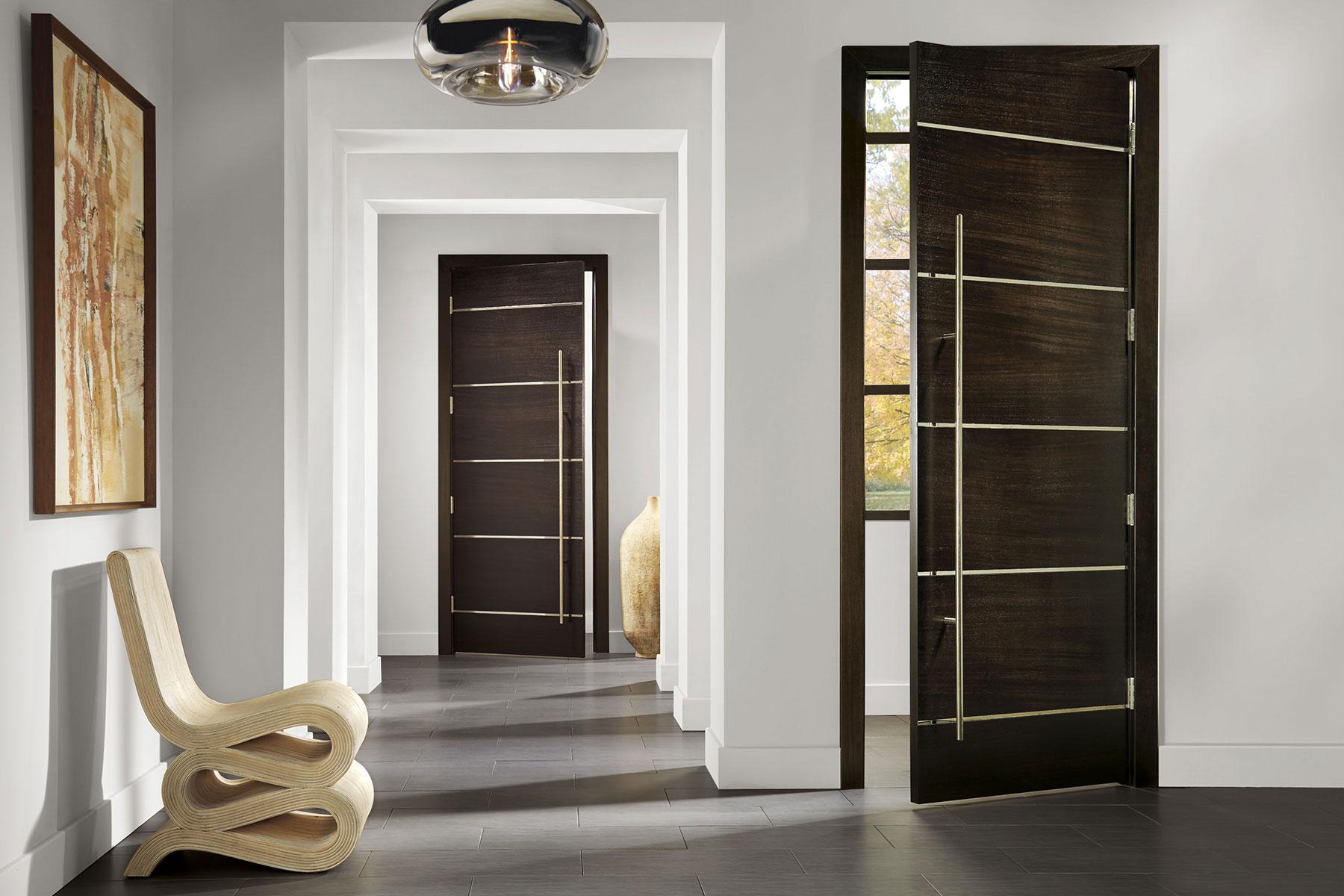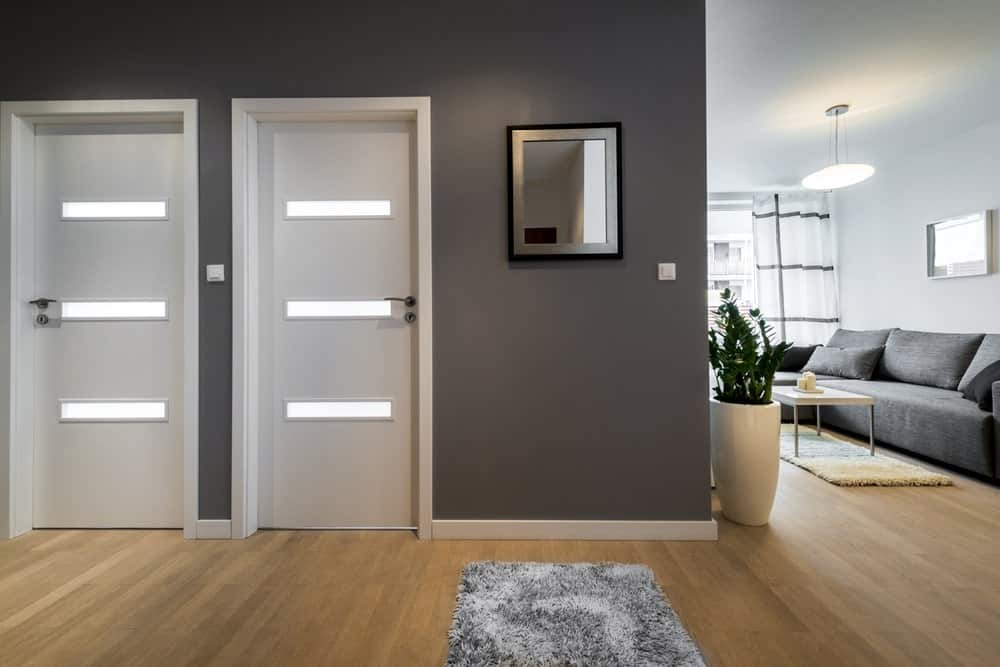How many doors do you walk through per day? For anyone who decides to count, the number is staggering. In and out, morning, day and night, you travel through doors constantly. It is no surprise with the number of doors that exists in each building that there are innumerable different types, finishes and compositions of doors.
Each different one has its purpose and its place. According to Maria from Doors Galore “You wouldn’t put a solid core, metal door on your main floor bathroom, just like you wouldn’t use a stained-glass sliding door for your front entrance.” Here is a guide of different types, compositions and finishes of doors available for inside and outside your home.
Door Composition: What Is Your Door Made Of?
- Stainless Steel: Extremely durable, corrosion-resistant and beautiful, this makes a great choice for interior or exterior doors. The downsides of stainless steel are its low insulation quality and high price tag.
- Wood: Wood comes in a large variety of styles and price points, as well as design options. Good insulation factor and versatility make wood one of the most common door material choices.
- Hollow Metal: This is great for doors that see a lot of actions and possible dings. Commercial buildings and storerooms commonly have hollow metal doors. They are prone to rust if they are not finished properly and their appearance deteriorates over time.
- Laminate:Only meant for interior doors, laminate looks great and is fairly inexpensive but is durable only in the right conditions and doesn’t take to rough use very well.
- Fiberglass: Easy to mould, fibreglass can be moulded to any shape and to look like anything. It is also extremely durable.
- PVC: Water and fire-resistant, these doors can also be designed in any shape and colour.

Door Type: What Kind of Door Is It?
- Accordion: Accordion doors fold in onto themselves, like the name implies, like an accordion. These work great for closets or storerooms but not typically for rooms or bathrooms because of how flimsy they can be.
- Sliding: These doors work great in dining rooms, are aesthetically stunning and are normally outfitted with lots of glass.
- Barn: A modern take on a classic, the barn door is as much an accent piece as it is a doorway. Large and in charge with exposed hardware on top of the door, the barn door will have your guest talking.
- Bi-Fold: The classic closet door, made to maximize space and convenience.
- Café-style Swing: Not commonly seen in homes, the “saloon” style swing door is a great way to separate two rooms without completely shutting them off from each other.
- French: Made with lots of glass to let the light in, French doors are meant to add a touch of elegance to any room they are in and do a great job of creating a noticeable divide between rooms.
- Pocket: A door that slides into the wall, the pocket door is often used for laundry rooms or bathrooms. They work great for tight spots where there is no room to open a swinging door.
Door Finishes: How Is It Finished?
- Stained: This door will arrive with a stain already applied, making it a simple task of installing the hardware and mounting the door.
- Finished: This door is primed, painted, and prepped with hardware. Ready to install, these are the easiest to use but give you the least amount of options for customization.
- Unfinished: An unfinished door is essentially a slab that is ready to be customized. You will need to prime, stain or paint and cut the holes for the hardware and hinges.
- Primed: This door will be ready for paint but otherwise unfinished. You will be responsible for the hardware and hinges on top of the paint.
Doors, Doors, Doors
With endless combinations of finishes, materials and styles, the sky is the limit for the kind of door you can find for your home. Happy door hunting!






